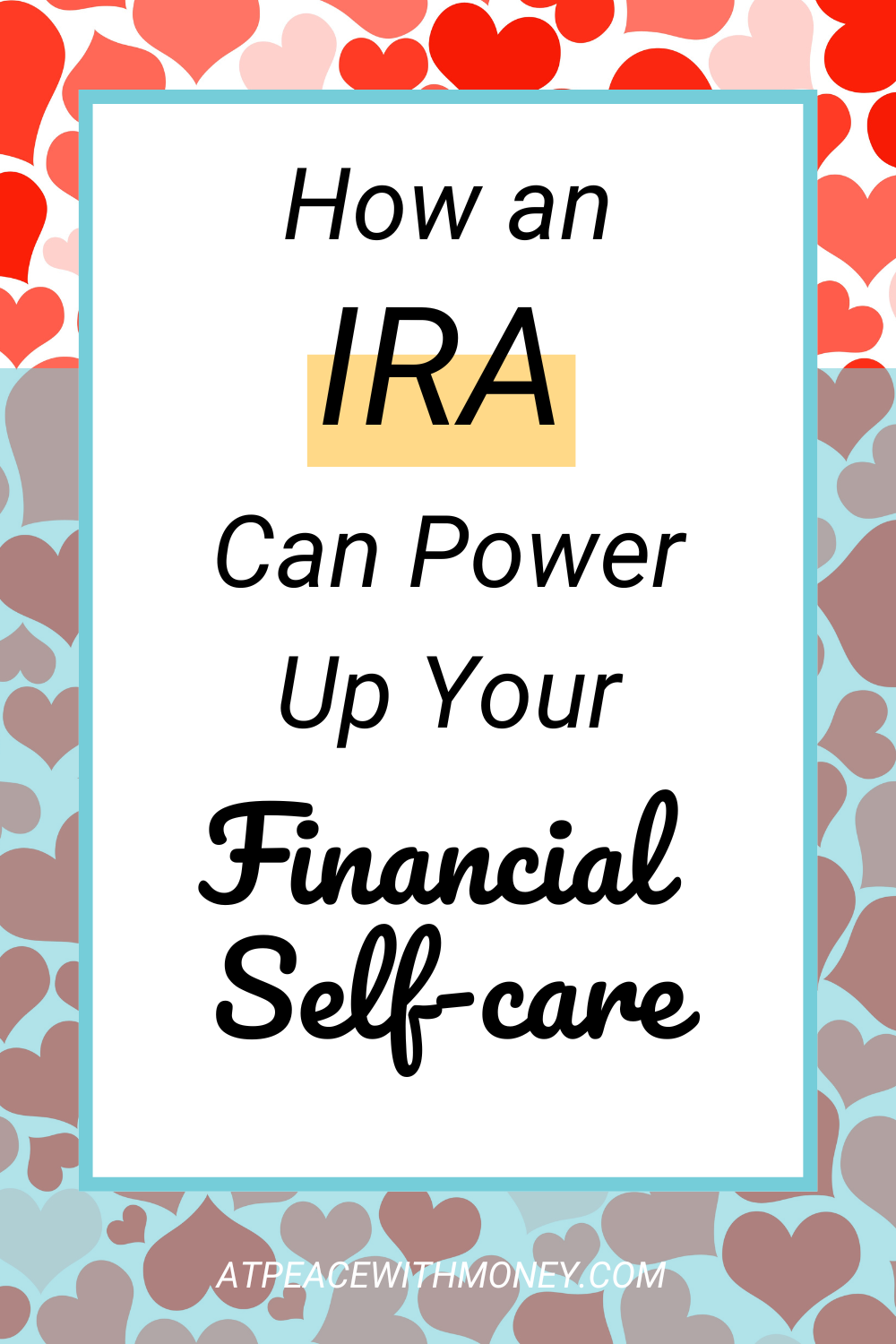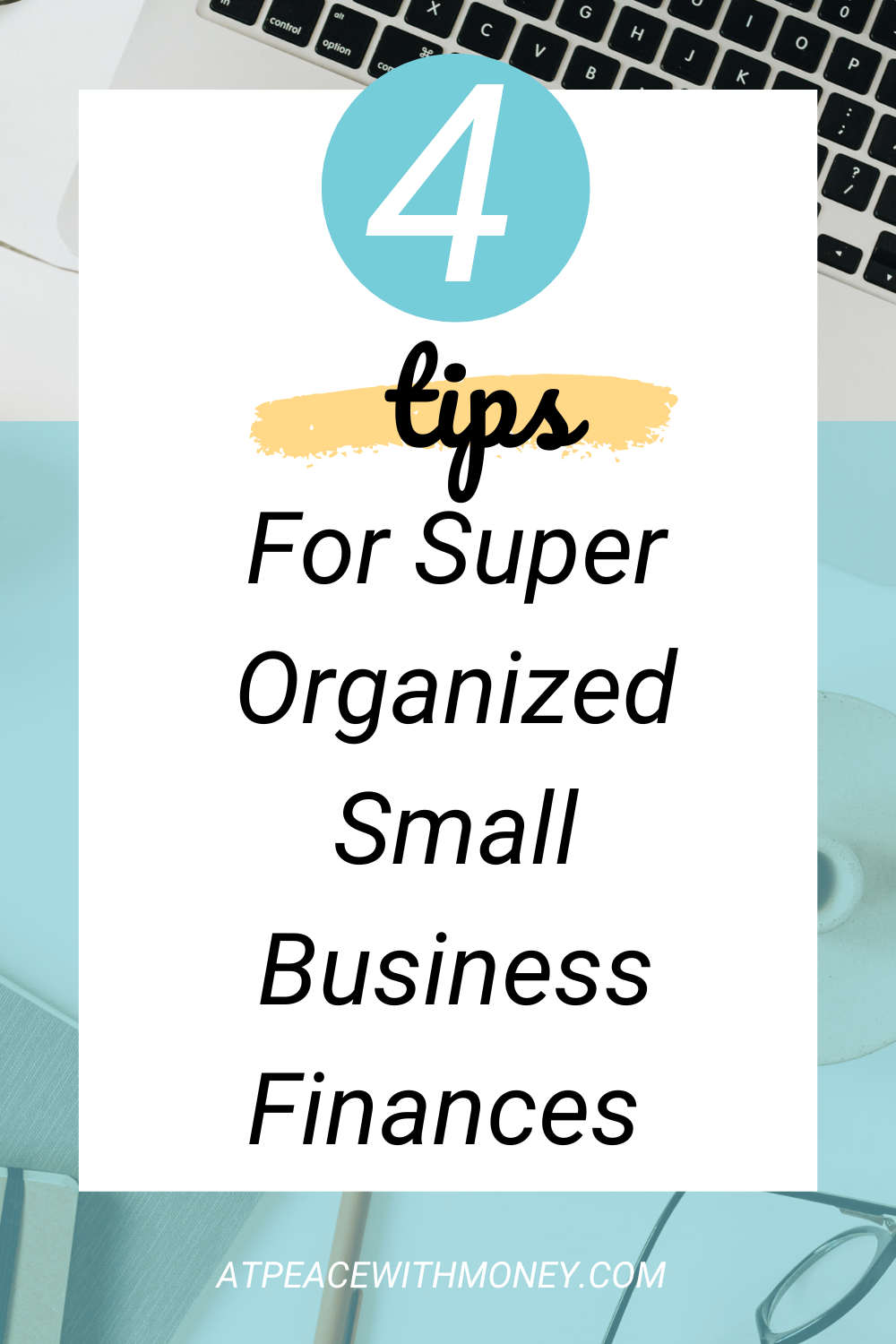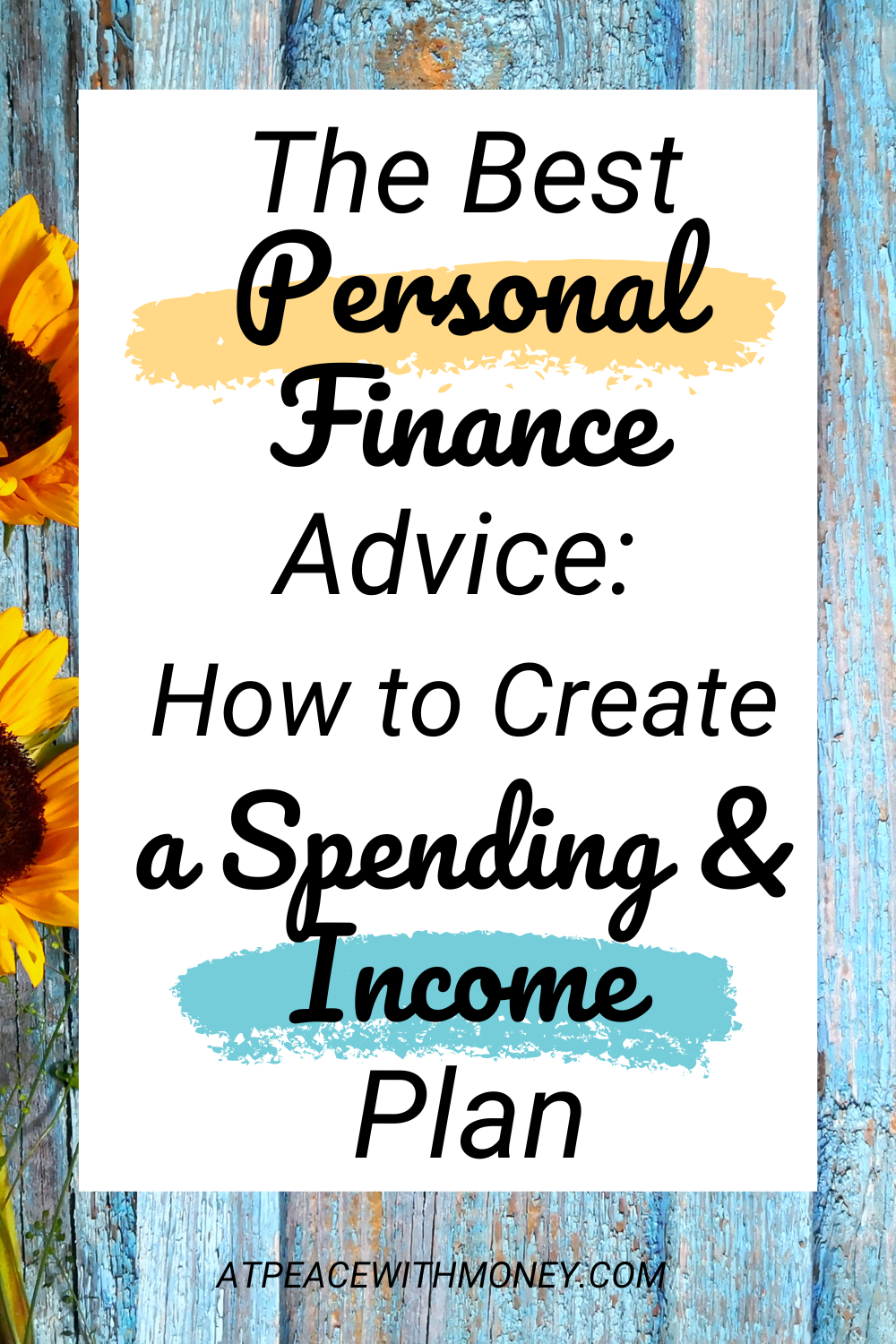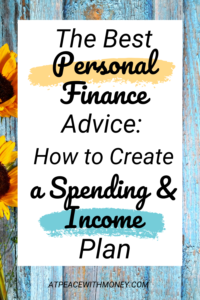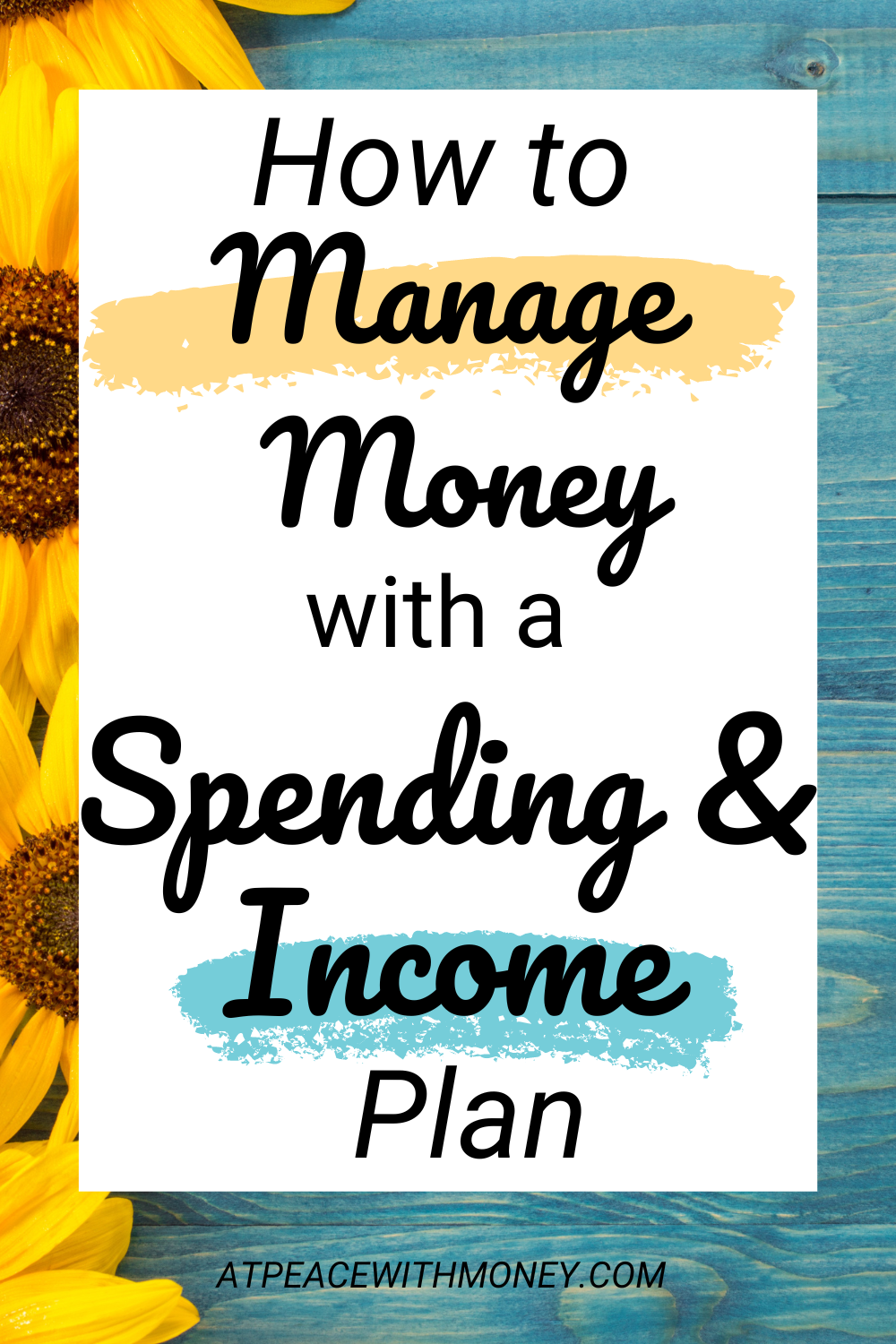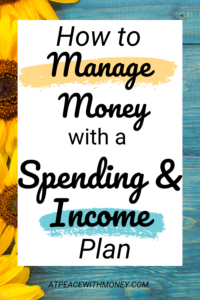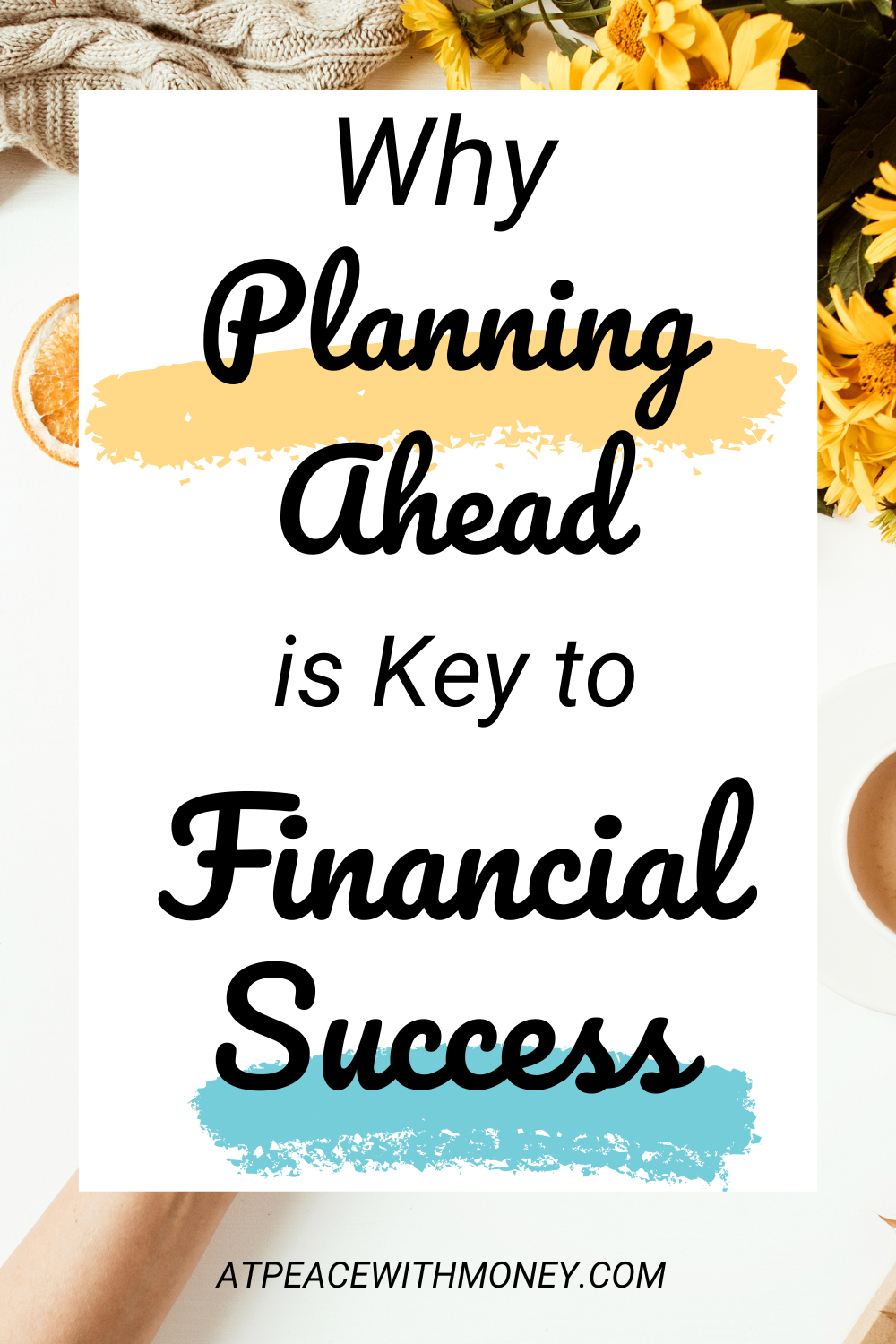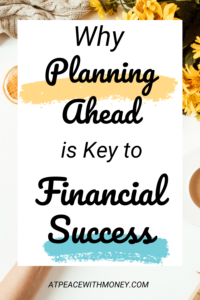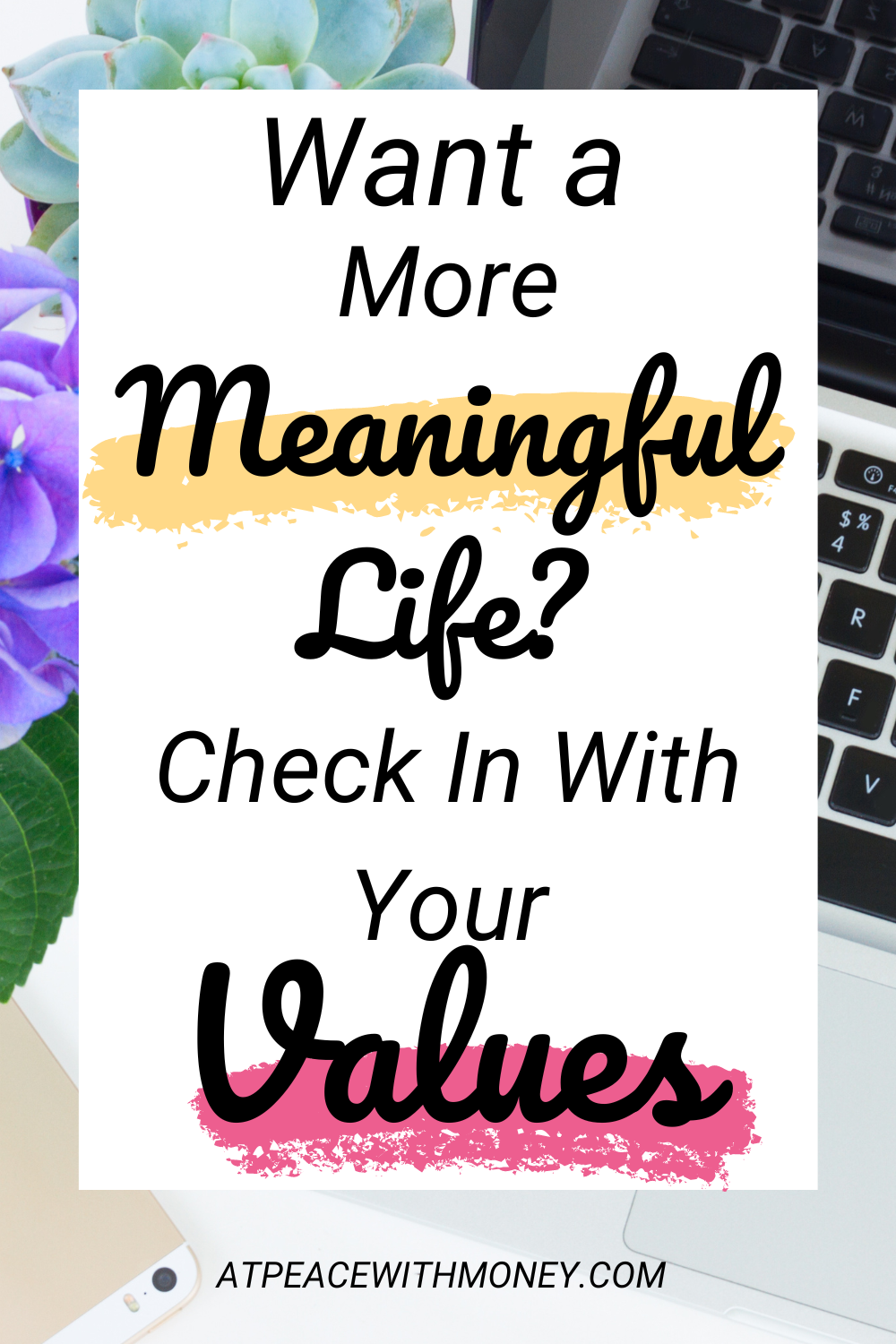Love Your Future Self With an IRA

One of the best forms of self love is this: put some money away for 65 year old you with an IRA! Beginning to put money away now so that you can take care of yourself in retirement will vastly improve your life as a whole. It’s important to remember your future self, and make sure you aren’t only treating yourself today. What better way to care for yourself?
Give Yourself a Gift
First, if you don’t have an IRA, open one. For more specific info on types of IRAs here’s the IRS’s info page, plus a helpful article from NerdWallet. Do a little bit of research to decide which works best for you.
Then, make contributing to your IRA a fun and regular occasion. Consider it a gift to both your present and future self! Perhaps you could give yourself the gift of a deposit to your IRA for Valentine’s Day. My sister does this for herself on her birthday every year, to celebrate her present and future self! 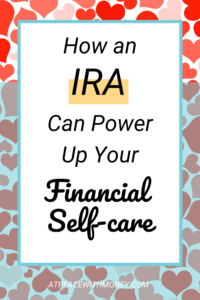
Invest!
It’s very important that when you do contribute to your IRA, that you remember to invest it. Don’t simply let it sit in the account in cash. If you let it sit, it’s not actually accruing any more value, and therefore will not expand beyond the amount you put in. The longer you let it sit, the more time that could be used to expand your investment goes by.
Play the Long Game
Remember, this is long term money. You won’t touch it for years, so don’t worry about how much your investment increases or decreases in value today. You are in it for the long haul!
If you enjoyed this post, you’ll love my free e-Book, 9 Secrets to Financial Self Care. Click to get yours!

